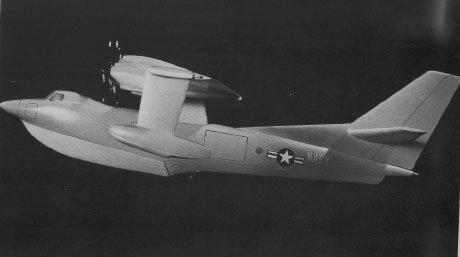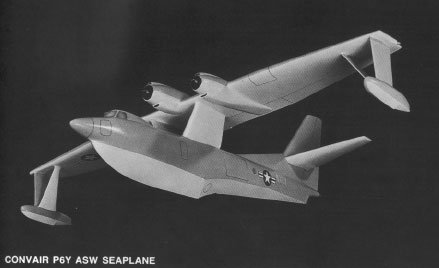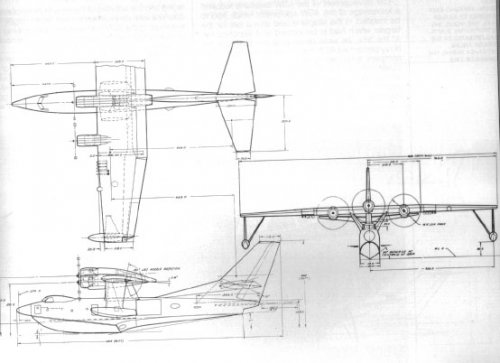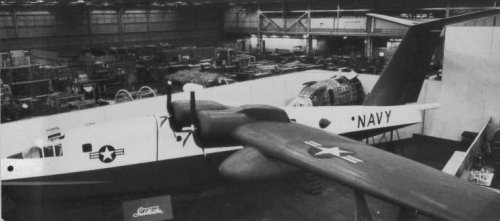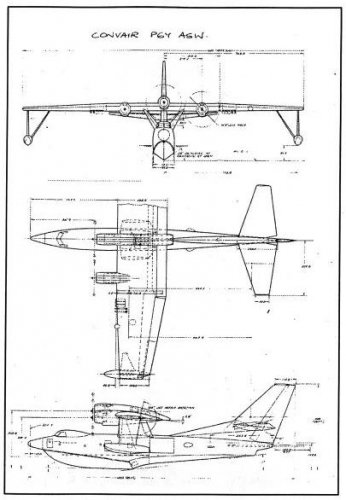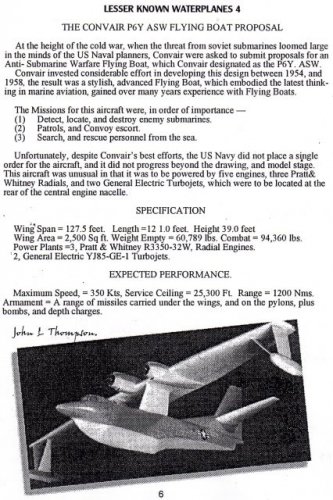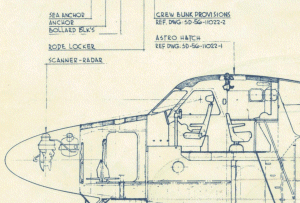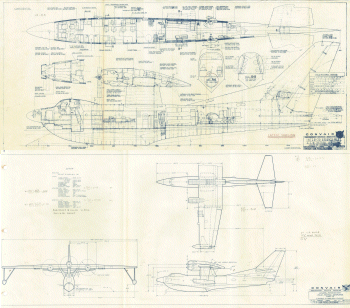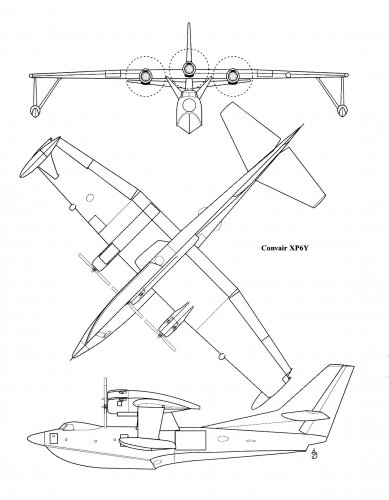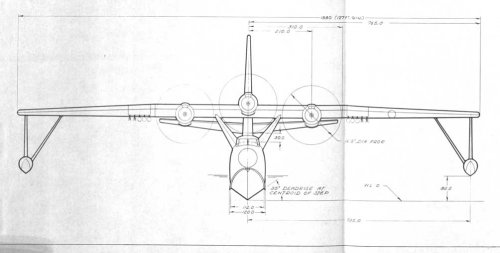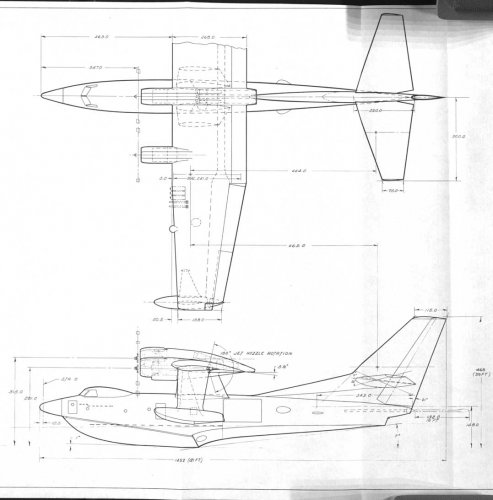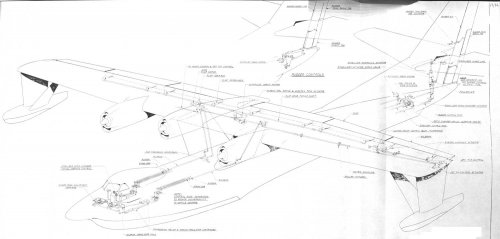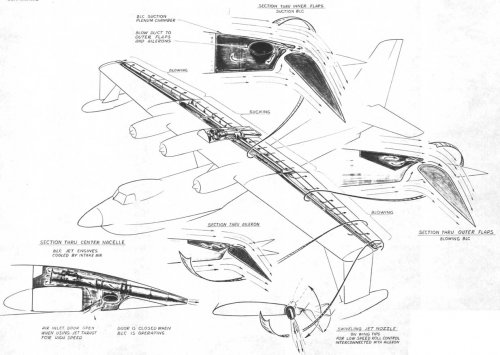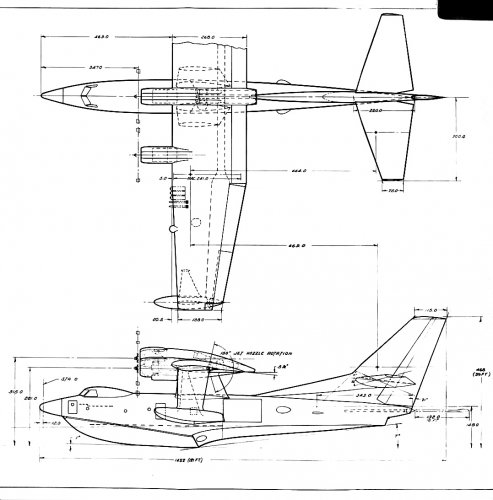- Joined
- 14 June 2006
- Messages
- 2,300
- Reaction score
- 561
Also known as the last Navy seaplane (which is wrong, since there were alot of activities going on for years after the P6Y concellation).
Convair won the competion in 1956/7 to substitute the Martn P5M ASW seaplane. The designer was Hans Amtmann, of Blohm und Voss fame, who went on a cruise in a US submarine to look first hand at the problems in hunting a sub by plane (very German-style , I'd say). Specs were: lenght 36.90 m; span 38.86 m; wing area 232.25 sqm; engines: 3 Wright 3350-32W. I have also an internal arrangement plan, BUT, since they come from a book I STRONGLY recommend (Vanishing Paperclips, Monogram), I'll post only the model photos and the 3-views. For the rest, go and buy ;D
No, Monogram doesn't pay me (sigh).
Forgot: competitors were Martin (model 313, AKA as P7M) and possibly Boeing. Anyone has details/info?
Convair won the competion in 1956/7 to substitute the Martn P5M ASW seaplane. The designer was Hans Amtmann, of Blohm und Voss fame, who went on a cruise in a US submarine to look first hand at the problems in hunting a sub by plane (very German-style , I'd say). Specs were: lenght 36.90 m; span 38.86 m; wing area 232.25 sqm; engines: 3 Wright 3350-32W. I have also an internal arrangement plan, BUT, since they come from a book I STRONGLY recommend (Vanishing Paperclips, Monogram), I'll post only the model photos and the 3-views. For the rest, go and buy ;D
No, Monogram doesn't pay me (sigh).
Forgot: competitors were Martin (model 313, AKA as P7M) and possibly Boeing. Anyone has details/info?

